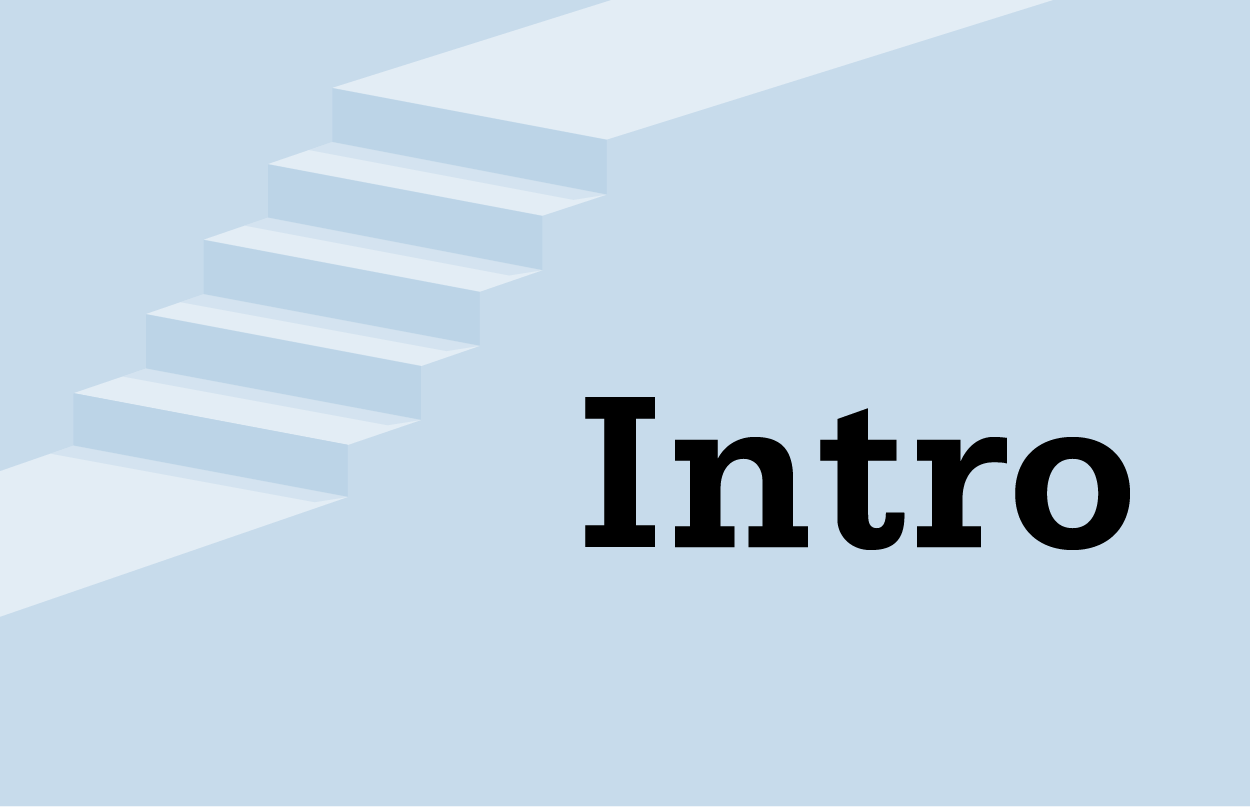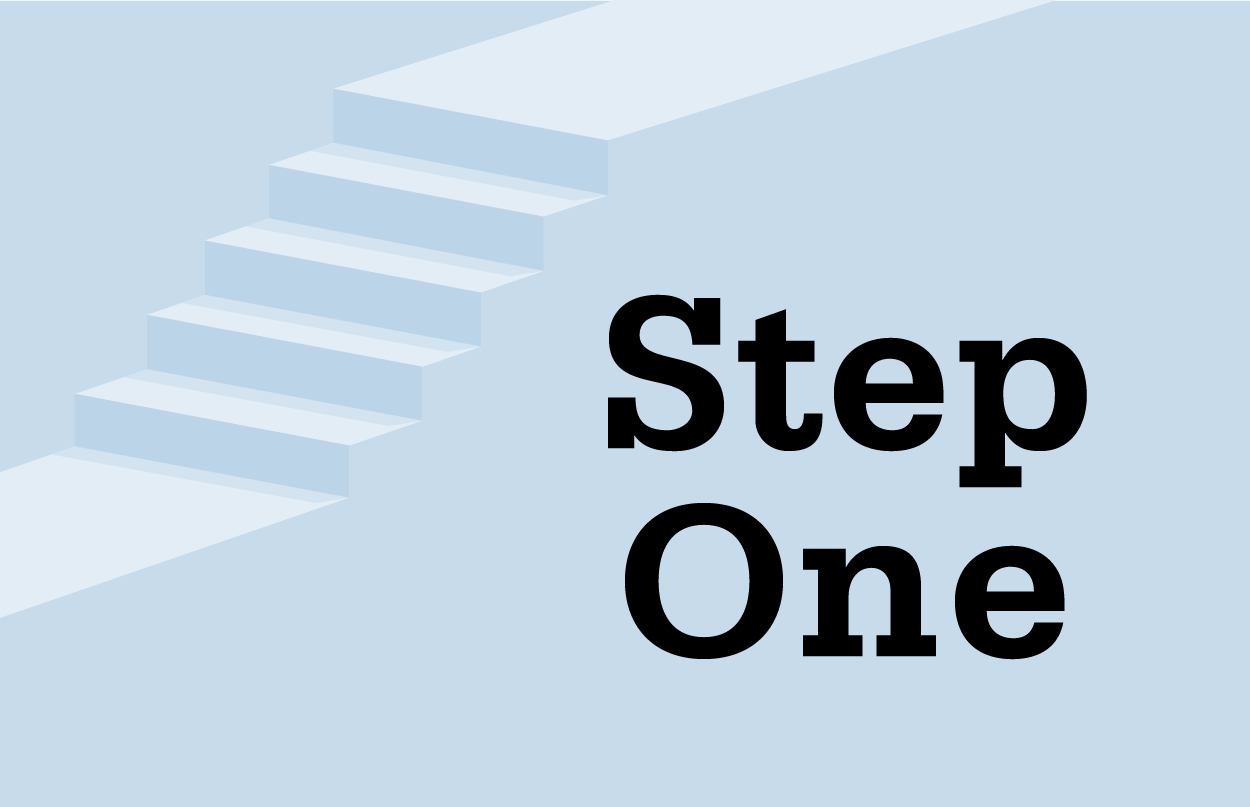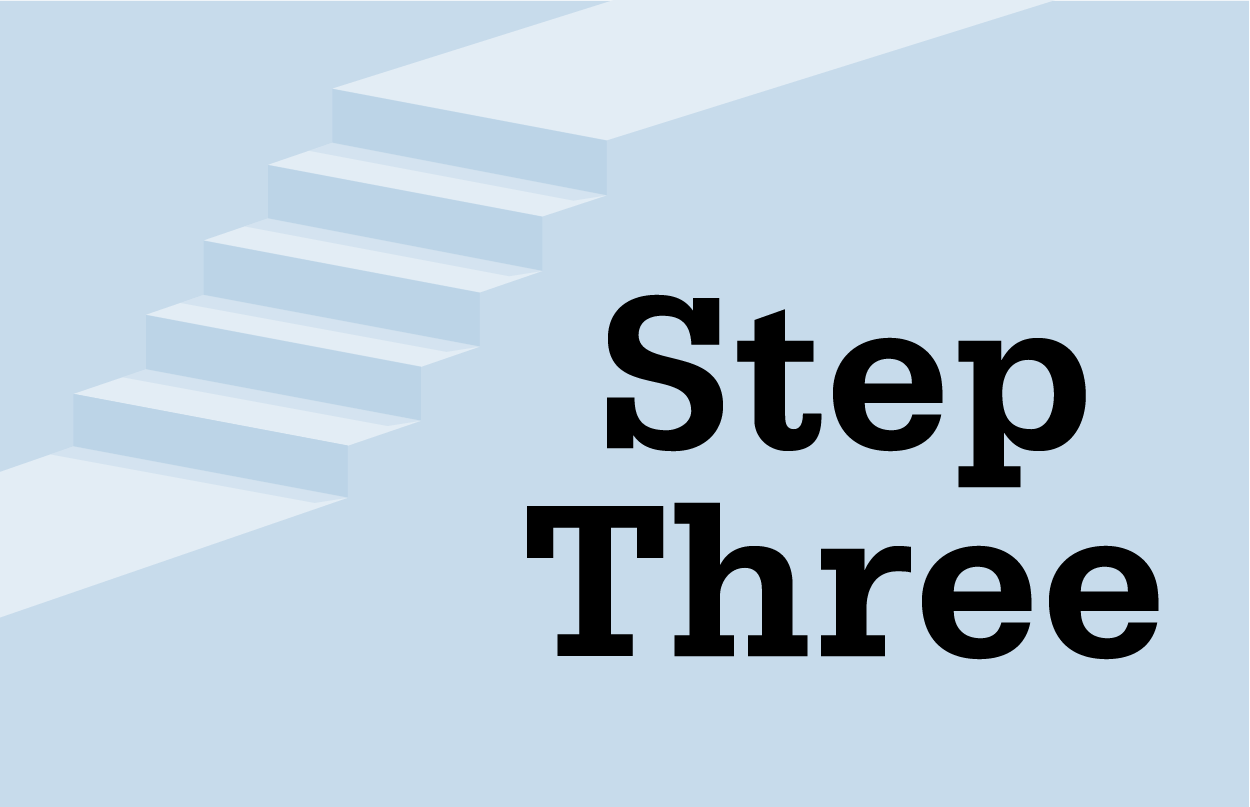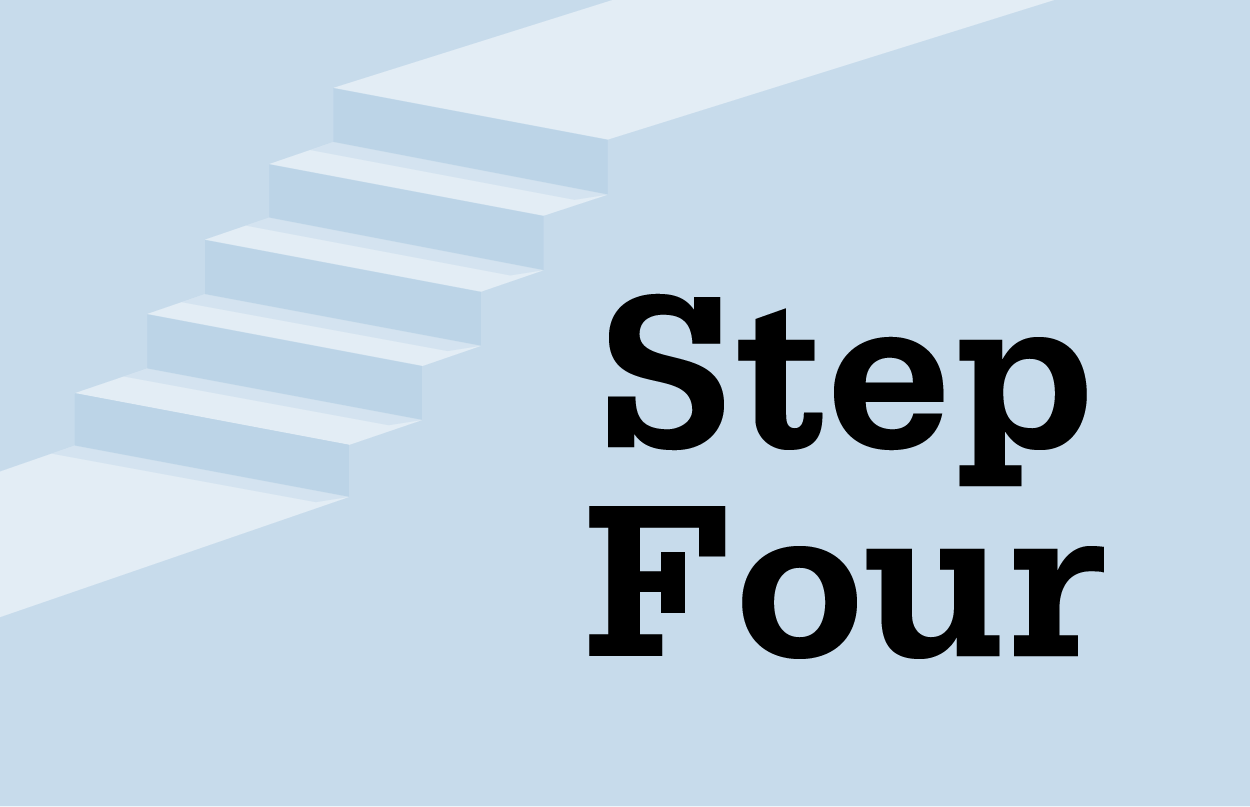Strategic Planning Guide
Introduction
Systems Change is challenging work. The strategic planning process for making it happen does not have to be equally complex. The work itself is hard enough! This guide has been developed to assist Multi Agency Teams to effect changes in practice in their local communities, that increases the capacity to serve transition youth across agencies. These steps for strategic planning are designed to support a process that leads to establishing collaborative practices as the norm for serving transition youth.
The transition from school to adult life has frequently functioned as a ‘hand off’ system, characterized by each agency operating within its own parameters, guidelines and procedures. There is little or ineffective communication with others serving the same youth. Youth often end up with multiple ‘plans’ that are not congruent with each other. Youth, their families and professionals are confused. Services are fractured, not necessarily moving the youth toward the same outcomes.
Changing practices from working in silos to collaborating as a Multi-Agency Team offers the opportunity to work toward a set of common outcomes, coordinating services that complement each other and facilitating communication to benefit the youth, family and all professionals involved.
What does it mean to focus on practices? ‘Practices’ refers to the ways in which transition professionals interact with each other; to the relationships they build across agencies that facilitates communication; to the ways in which they build a working knowledge of each other’s systems, making it possible to identify where they can coordinate, share responsibility and cost.
Teams can use a straight forward 5 step process to develop a strategic plan. Having a process to follow provides a ‘road map’ for the Team to rely on when the work gets complicated.
Strategic Planning Guide Navigation
What does it mean to be strategic and why is it important? Strategic planning is a continuous process. Developing the plan is only the beginning. Follow the same 5 step process for each new goal that is added and to revise any existing goals. Once the Team follows this process a few times, it becomes internalized and automatic; following the process becomes routine for the Team.
The strategic planning process is dynamic. The Team may find it necessary to return to an earlier step in the process. For example, a Team is working on Step 4: Developing Strategic Goals. Through discussion, aTeam member raises questions indicating a need to re-examine root cause (Step One) or revise the Team’s Vision (Step 3) for the work. That’s the purpose of using a process – it is intended to be flexible, allowing the Team’s work to guide which step requires attention.
The Team’s plan becomes central to every action the Team decides to take. As baseline and progress data are gathered and analyzed, the Team uses the data as the basis of all decisions that are made regarding actions, revisions of goals, new goals, Implementation Team function, products, events – in short anything the Team intends to do, modify or leave behind.






